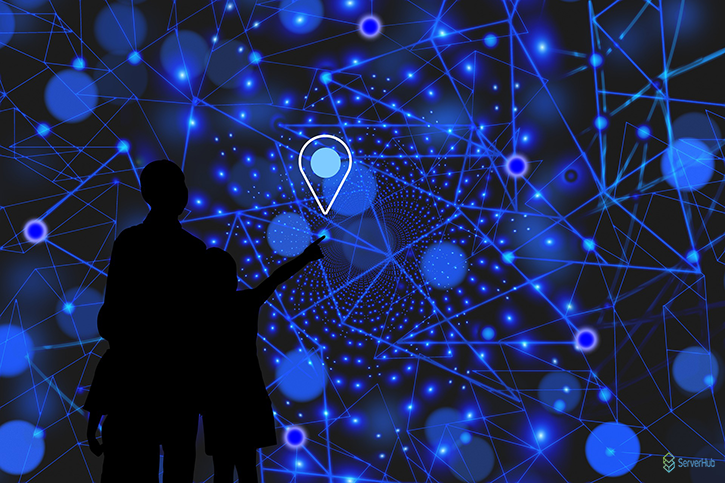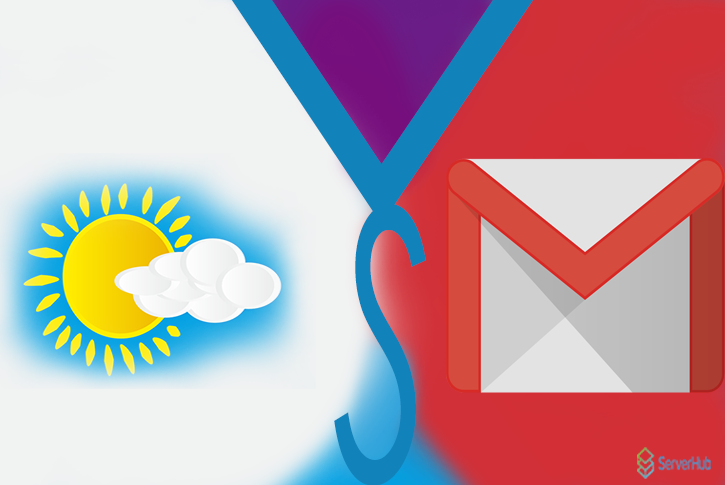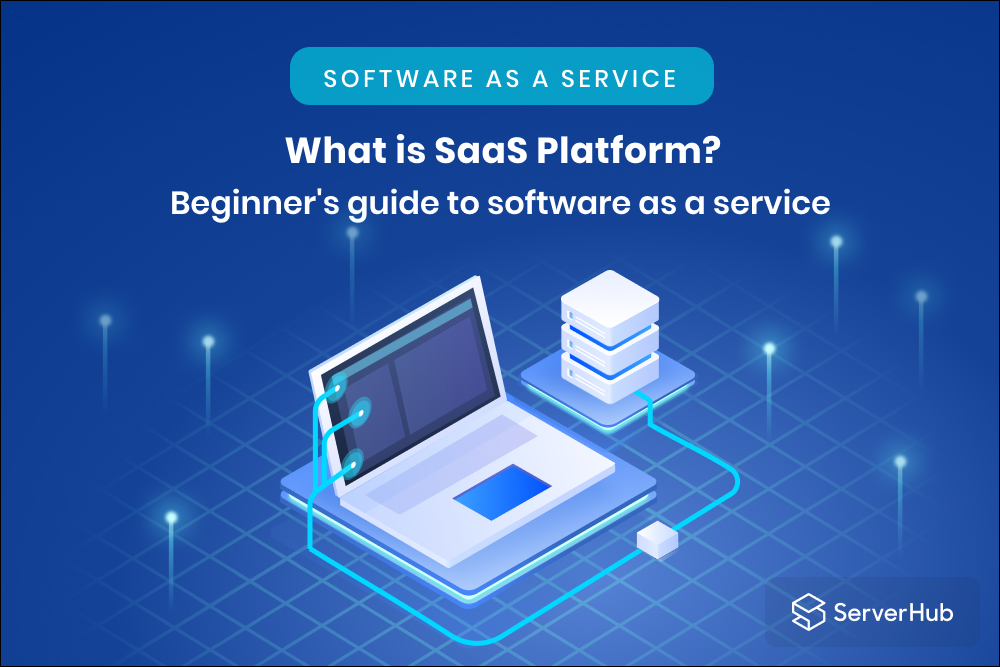Software as a service (SaaS) is as simple as using apps over the internet, such as Gmail and office tools.
It’s all about renting the use of an app to make it available for your organization so that the users can connect to it over the internet through your internet browser.
All the app data are located in the service provider’s data center, the provider who manages the hardware/software security and availability based on your prior agreement.
The SaaS payoff is that customers do not need to buy, maintain, or even install anything. Instead, all you need to access your applications is just an internet connection.
Additionally, SaaS allows your organization to sprint with an app at the minimum cost possible.
SaaS defined
Instead of maintaining and installing software, software as a service (or SaaS) allows you as a provider to deliver applications over the internet or as a user to simply access the apps through your internet browser.
SaaS applications (also called web-based software) run on the provider’s servers, making it the provider’s full responsibility to manage the app access, performance, security, and availability.
With SaaS, it is goodbye to any software/hardware complicated management.
Whether you’re a media company or digital marketing agency, SaaS software gains you the competitive edge that’s specially stitched and decorated to your business.
SaaS history
John McCarthy, a computer scientist that won the Turing award in artificial intelligence, once said, “computation may someday be organized as a public utility.â€
Meaning that the cloud computing concept began as a computer power shared resource.
While the idea has been around for some time, SaaS was matured in the late 1990s.
That’s when companies were explicitly founded to create cloud software, such as Salesforce , began offering enterprise solutions through a SaaS model, like customer relationship management (CRM).
With the rapid SaaS growth and business adoptions, SaaS started to gain recognition and allowed other software adoptions to grow almost at the same speed, such as platform as a service (PaaS) or infrastructure as a service (IaaS) product.

SaaS advantages
Free client software access
Most SaaS apps run directly from your web browser, and your users can do that without needing to download/install any software.
Even if some apps require specific plugins, you still don’t need to purchase any special software for your users since it will be your provider’s responsibility.
Worldwide data access
Users have access to their information using any Internet-connected device. Plus, no data are lost if your user’s device fails to connect for any reason since all app data are already stored in the cloud.
Only afford your usage
Saving money has never been easier as the SaaS service scales up and down automatically based on the level of your organization’s usage.
Top-notch organization for your personnel
Organizing your workforce is easier than ever using the SaaS apps, with data accessible from any device connected to the internet.
Forget about developing apps for any reason, or approaching with any unique expertise, as all the challenges and issues are carried by your provider, leaving you to focus on your user’s happiness and needs.
Access sophisticated applications
As you already know, providing SaaS apps to users doesn’t require any purchase, update, installation, or any software/hardware/middleware maintenance.
That includes sophisticated enterprise applications such as CRM or ERP, which become affordable for organizations that lack the resources to buy and manage any infrastructure or software required.
Cloud versus SaaS
Whether a private cloud, a public cloud, or a hybrid cloud. Clouds refer to an incredibly complex technology. It’s all about computers or servers connected in a way that allows users to share their scalable combined power.
While the cloud refers to anything hosted remotely via the internet, SaaS refers specifically to the business software applications delivered via the cloud.

Is SaaS your best option?
Now that we are all excited about the SaaS leverages, it’s still safe to assume only certain cases. Here are a few intentions to start considering:
Endeavor remotely: empower your workforce with in-house data access.
Lowering costs: reduce unnecessary software costs and stay within your budget.
Business worldliness: upgrade to enterprise-level features and thrive with the big guys’ tools for the smoothest performance. .
SaaS overall
SaaS offers a lot of opportunities that capture the interest of both the suppliers and the users alike.
Some enterprises might indeed prefer to use their own cloud management services to control their own data. However, SaaS still offers unrivaled benefits that can help the majority of small businesses to expand, develop, and provide more value to the users, staff, and all involved parties.
